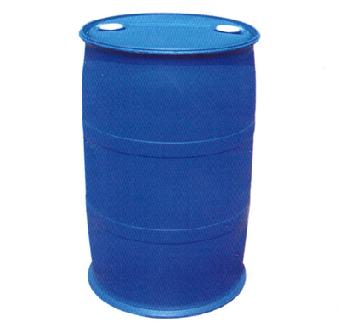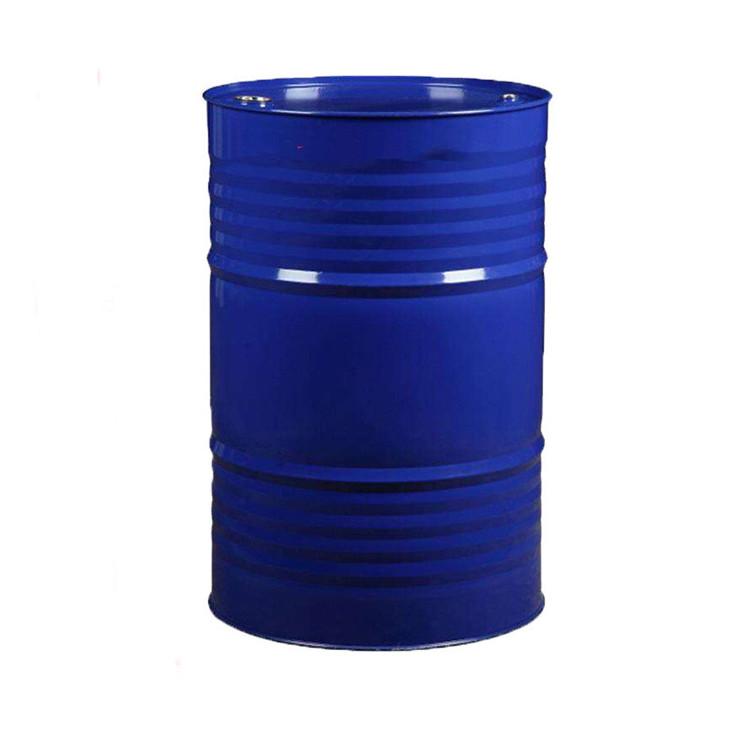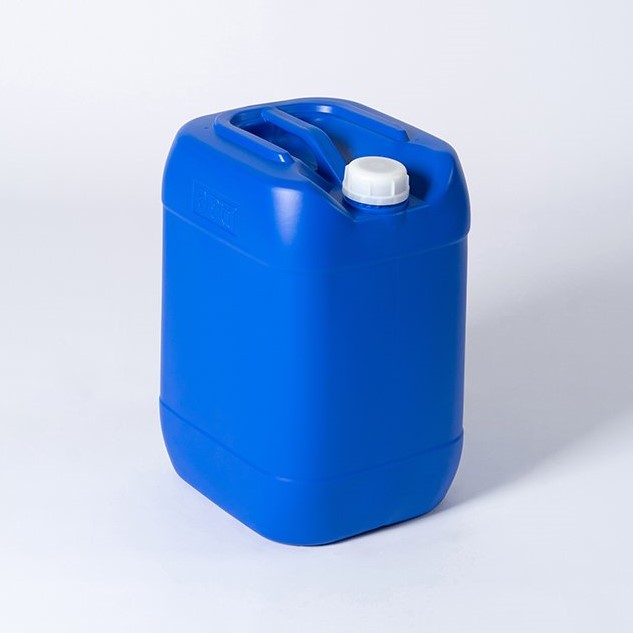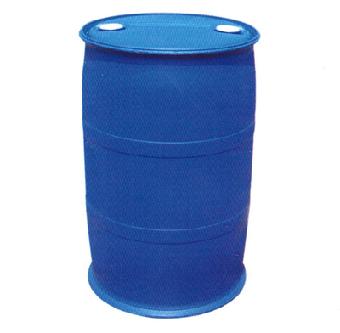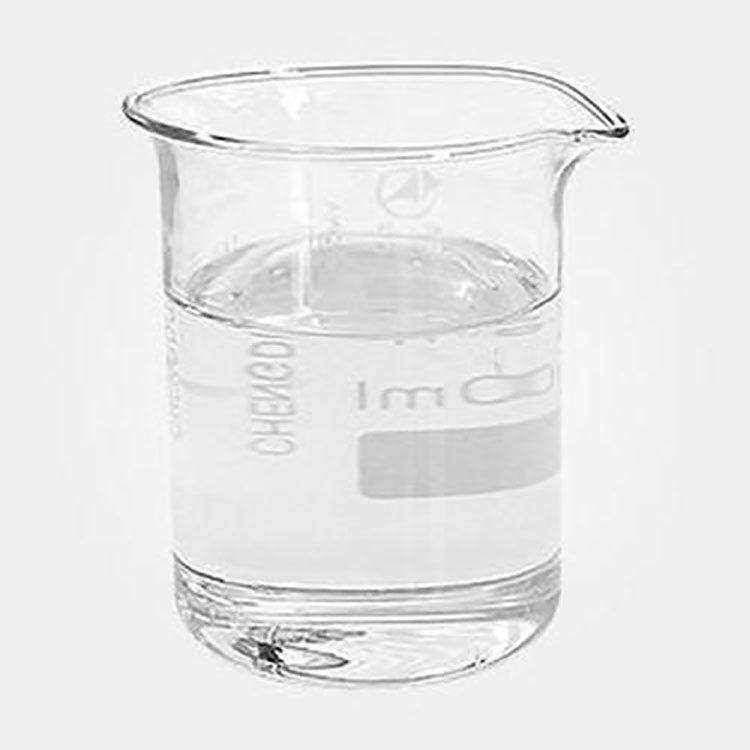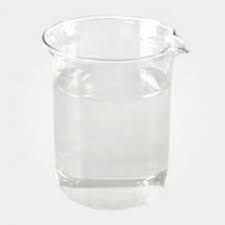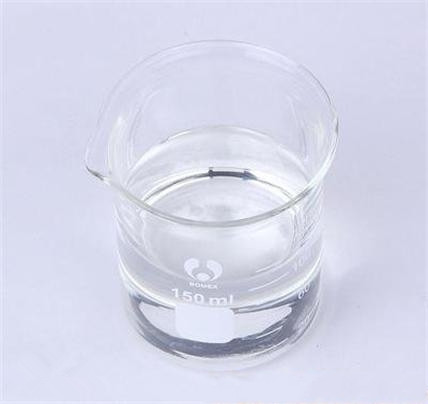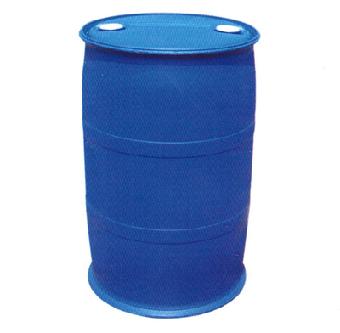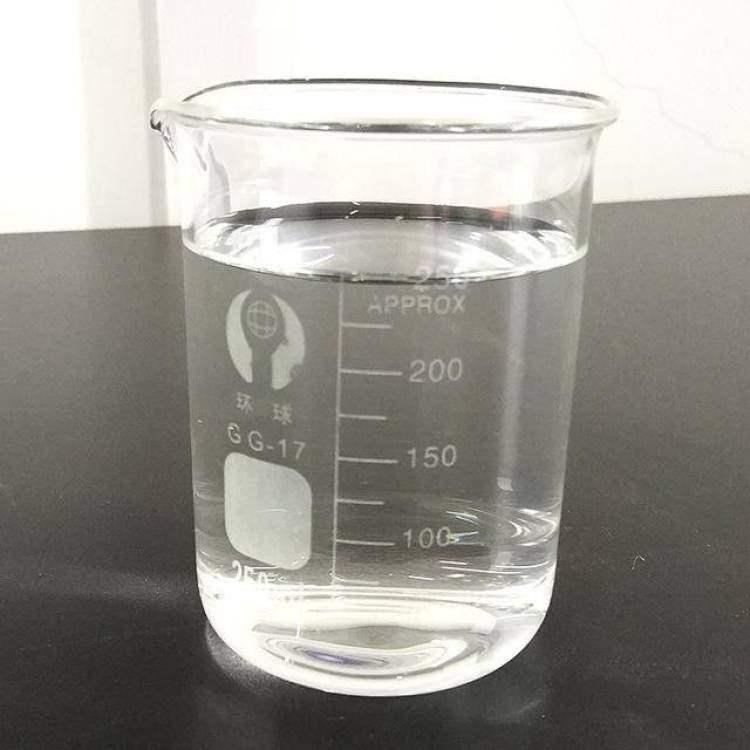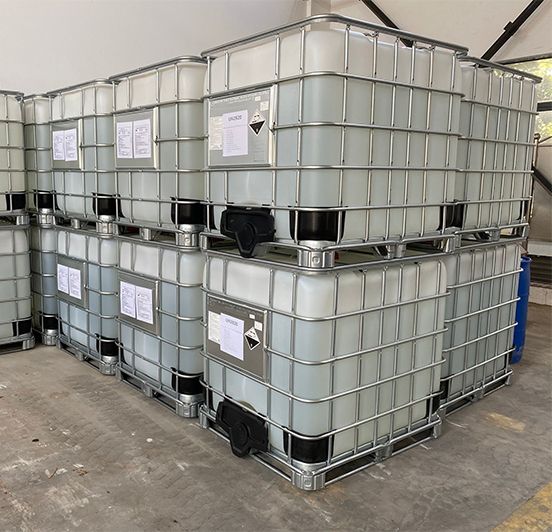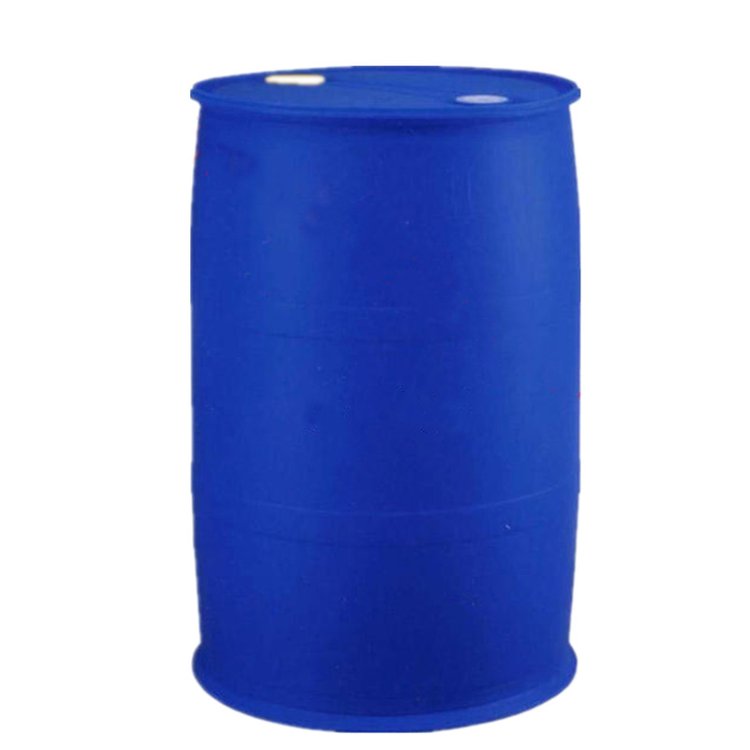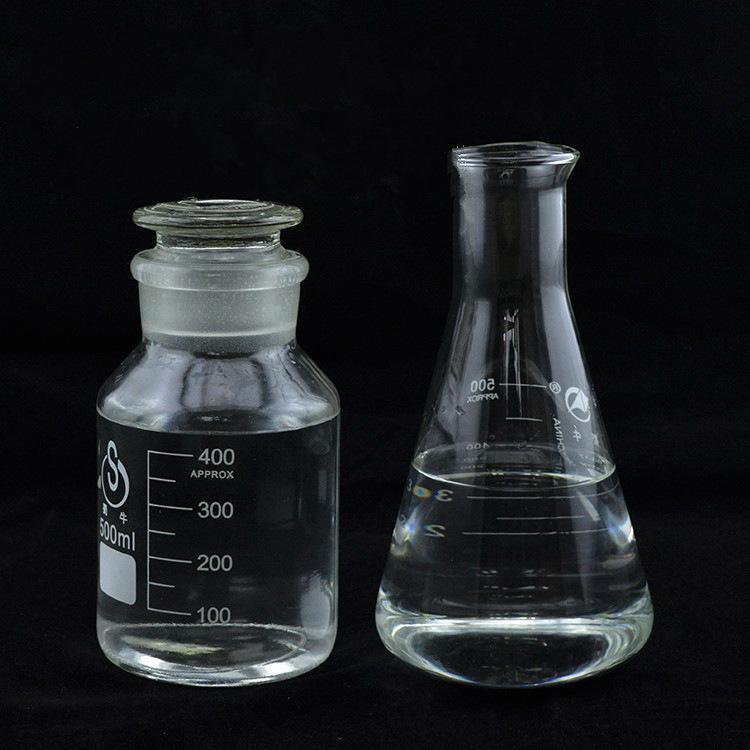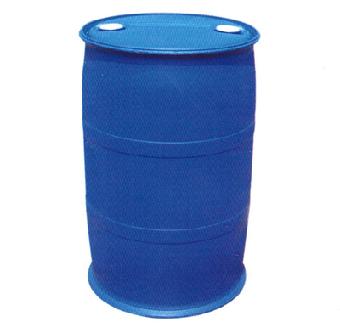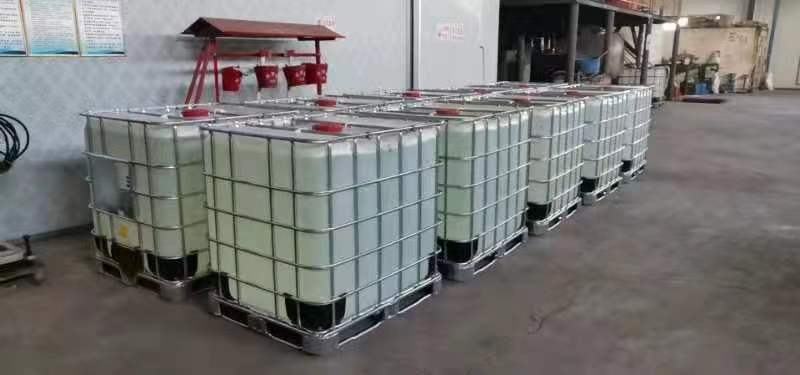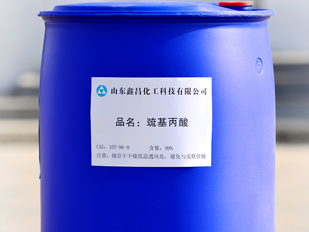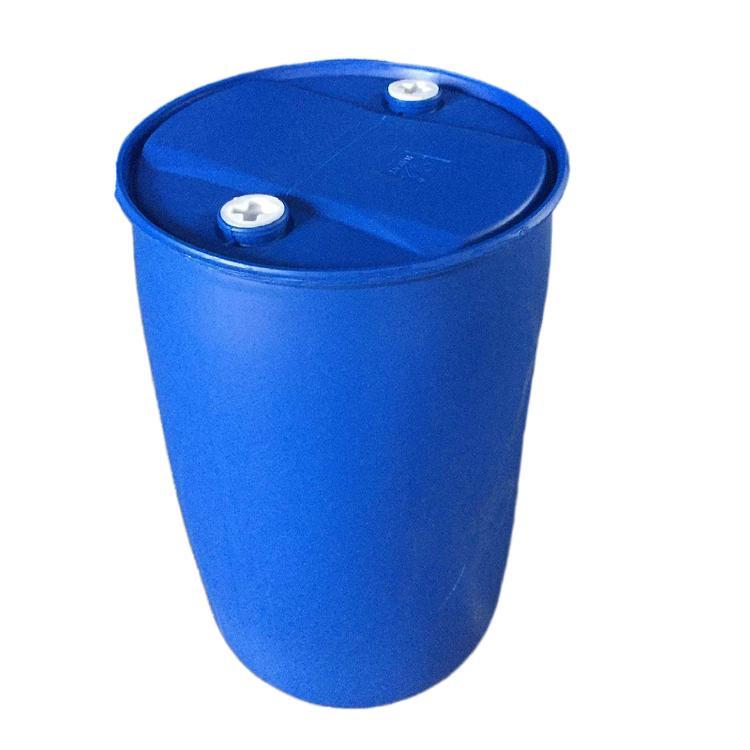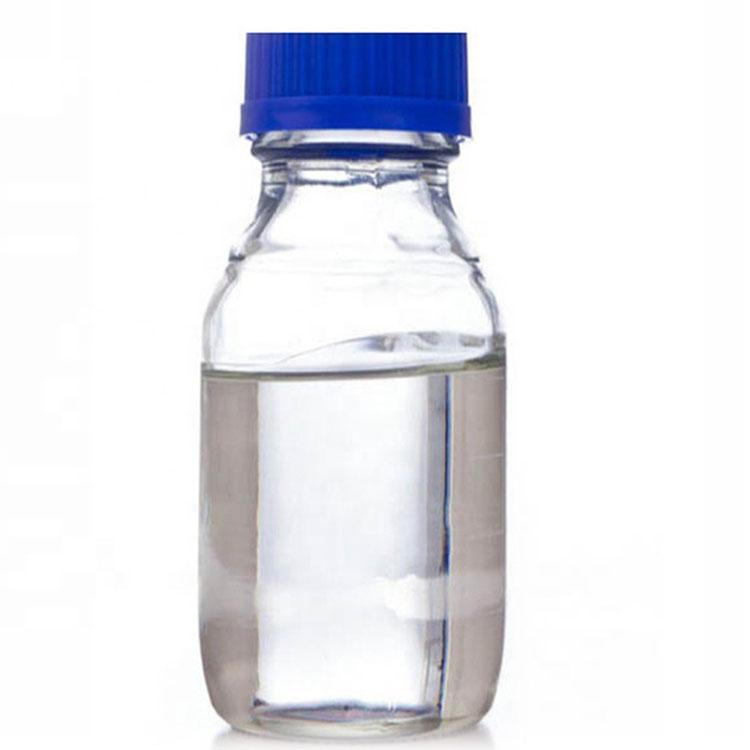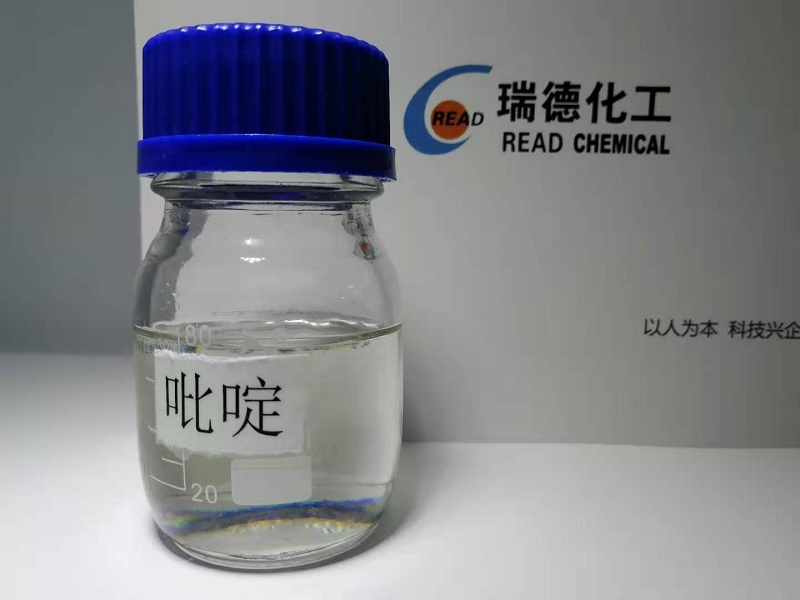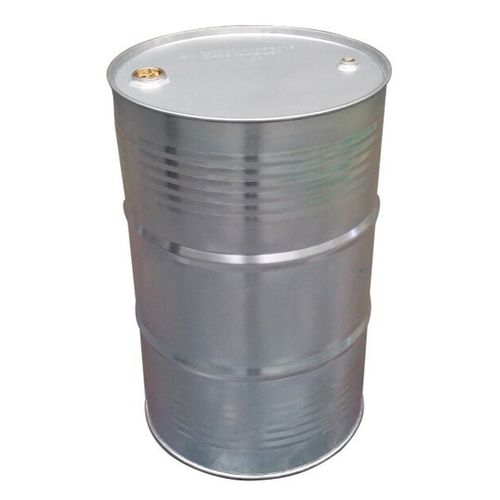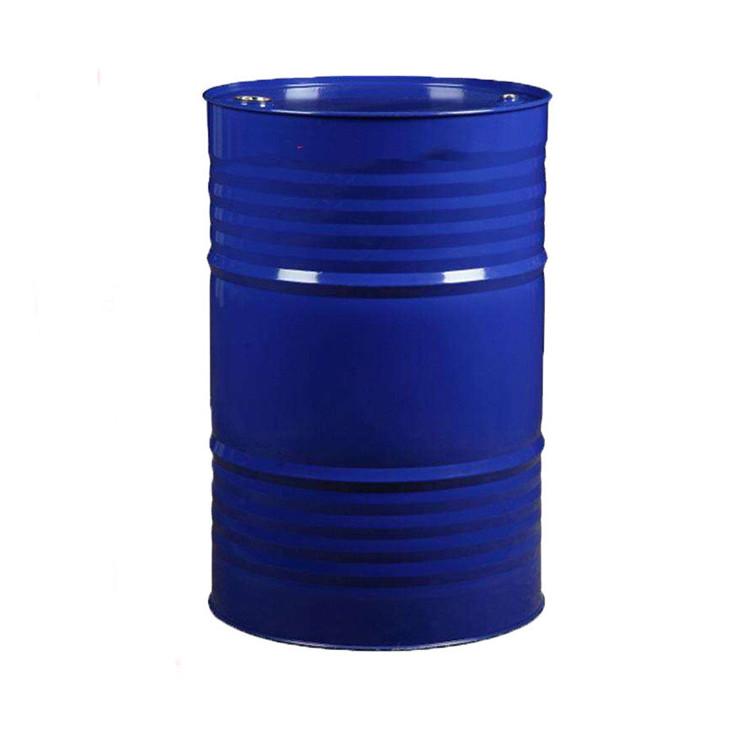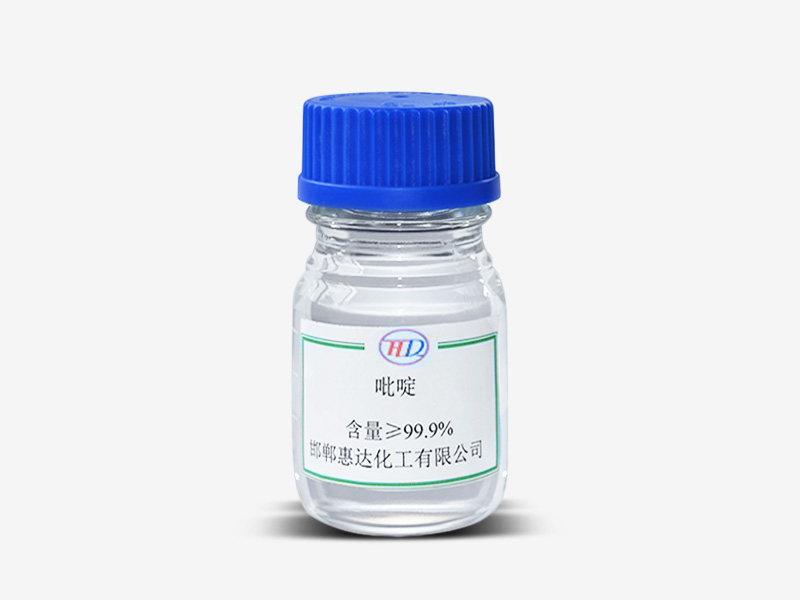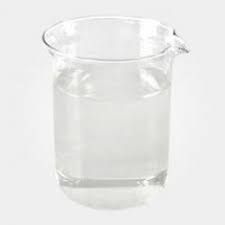API & Intermediate
Pharmaceutical Raw Materials
Veterinary API
Antiallergic Drugs
Hormones and Endocrine Drugs
Drug Metabolism
Pharmaceutical Intermediates
Synthetic Anti Infective Drugs
Specialty Drugs
Vitamins and Minerals Medicines
Feed Drug Additive
Antineoplastic Agents
Nervous System Drugs
Respiratory Drugs
Diagnostic Agents
Anti Stress Drugs
Antipyretic Analgesics
Antiparasitic Drugs
Circulatory System Drugs
Biochemicals
Blood System Drugs
Immune System Medication
Pharmaceutical Excipients
Fluid, Electrolyte, and Acid-Base Balance
Urinary System Drugs
Antibiotics
Anesthetic Agents
Inhibitors
Other Chemical Drugs
Digestive System Drugs
Find
3910
related chemicals for you
CAS:105-36-2
Molecular Formula:C4H7BrO2
Alias
More Information
Aceticacid,Bromo-,Ethylester; Bromo-Aceticaciethylester; Ethoxycarbonylmethyl Bromide; Ethyl Alpha-Bromoacetate; Ethyl Bromacetate; Ethyl 2-Bromoacetate; 2-Bromobutanoate; 2-Bromoacetic ACID Ethyl Ester; Ethyl Bromoacetate/Bromoacetic ACID Ethyl Ester; Ethylbromoacetate; 4-Methoxybenzyl Alcohol; Antol; Bromoacetic acid Ethyl Ester; Ethyl Monobromoacetate
Brief Introduction
Ethyl bromoacetate is used in organic synthesis, mainly in pharmaceutical and pesticide intermediates. It can also be used to make military poison gas.
Suppliers
View More Vendors (5) >
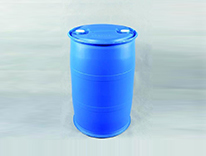
Enterprise standard
/
Tech Grade
25kg
/
Plastic Drum
CAS:106-43-4
Molecular Formula:C7H7Cl
Alias
More Information
1-Chloro-4-Methylanthraquinone; 4-Methyl-Chlorobenzene; 4-Chloro-1-Methyl-Anthraquinone; P-Tolyl Chloride; 1-Methyl-4-Chlor-Anthrachinon; 9,1-Chloro-4-Methyl; 1-Chloro-4-Methyl-9,10-Anthraquinone; P-Chlorotoluene; 4-Chlor-1-Methyl-Anthrachinon; 9,10-Anthracenedione,1-Chloro-4-Methyl; Para-Chlorotoluene; 1-Chloro-4-Methyl-9,10-Dihydro-9,10-Anthracenedione; Benzene, 1-Chloro-4-Methyl-; 1-Chloro-4-Methylbenzeene; 4-Tolyl Chloride
Brief Introduction
P-chlorotoluene is the intermediate of fenvalerate, Paclobutrazol, Uniconazole, trifluralin, chlorpyrifos, and so on. It can also be used to produce p-chlorobenzaldehyde, which is used as dye and pharmaceutical intermediate. The p-chlorobenzoyl chloride is the intermediate of xiaoyantong, and the p-chlorobenzoic acid is the raw material of dye and textile finishing agent.
Suppliers
View More Vendors (5) >
CAS:107-92-6
Molecular Formula:C4H8O2
Alias
More Information
Butyric Acid; Butanoic Acid
Brief Introduction
Butyric Acid is a saturated short-chain fatty acid with a 4-carbon backbone. Butyric acid is commonly found in esterified form in animal fats and plant oils.
Butyric acid appears as a colorless liquid with a penetrating and unpleasant odor. Flash point 170°F. Corrosive to metals and tissue. Density 8.0 lb /gal.
Butyric acid is a straight-chain saturated fatty acid that is butane in which one of the terminal methyl groups has been oxidised to a carboxy group. It has a role as a Mycoplasma genitalium metabolite and a human urinary metabolite. It is a straight-chain saturated fatty acid and a fatty acid 4:0. It is a conjugate acid of a butyrate.
Suppliers
View More Vendors (5) >
CAS:107-96-0
Molecular Formula:C3H6O2S
Alias
More Information
3-MPA; 3-Thiopropion Acid; Thiohydracrylic Acid; 3MPA; beta-Mercaptopropionic acid; B-Thiopropionic Acid; 3-Mercaptopropionic; 3-Sulfanylpropanoic Acid; 3-Thiopropionic Acid; Thiopropionic Acid; 3-Mercapto-Propionic Acid; Propanoic Acid, 3-Mercapto-; 3-Mercapto-Propionicaci; 3-Thiopropionicacid; Acidemercapto-3Propionique; Beta-Mercaptopropanoicacid
Brief Introduction
3-Sulfanylpropanoic acid is an intermediate of fenalo and a stabilizer of PVC. Like thioglycolic acid, it can be used in transparent products with excellent thermal stability and superior to other stabilizers. It is also used as antioxidant, catalyst and biochemical reagent.
Suppliers
View More Vendors (5) >
CAS:110-86-1
Molecular Formula:C5H5N
Alias
More Information
Azabenzene; Azine; Pyridin; Piridina; Pirydyna; Pyridine Crude
Brief Introduction
Pyridine is a six membered heterocyclic compound containing one aza atom, that is, a compound formed by the substitution of one carbon in benzene molecule with nitrogen. It is similar to benzene in that it has the same electronic structure and still has aromaticity. Pyridine and its derivatives are more stable than benzene, and their reactivity is similar to nitrobenzene. Due to the electron absorption of nitrogen atoms in the ring, the electron density at positions 2, 4 and 6 is lower than that at positions 3 and 5. The typical aromatic electrophilic substitution reaction occurs at positions 3 and 5, but the reactivity is lower than that of benzene, so it is generally not easy to nitration, halogenation and sulfonation. In addition, these substitution reactions are carried out in acidic medium. Pyridine forms positively charged ions, which make electrophilic reagents inaccessible. The halogens of 2-or 4-halopyridines are active. Because of the low electron density at positions 2 and 6, nucleophilic substitution reactions can take place at these positions, such as reaction with sodium amino or potassium hydroxide, to give corresponding 2-aminopyridine or 2-hydroxypyridine. Pyridine can also be used as denaturant and dyeing aid in industry, as well as the starting material for synthesis of a series of products, including drugs, disinfectants, dyes, food seasonings, adhesives, explosives and so on. Pyridine is toxic, inhalation, ingestion or skin contact can lead to reduced male fertility, can also cause cancer.
Suppliers
View More Vendors (5) >
Inquiry (
10
/ 10
)
Clear All
You can inquire for up to 10 products at a time
Sign In
Error!

